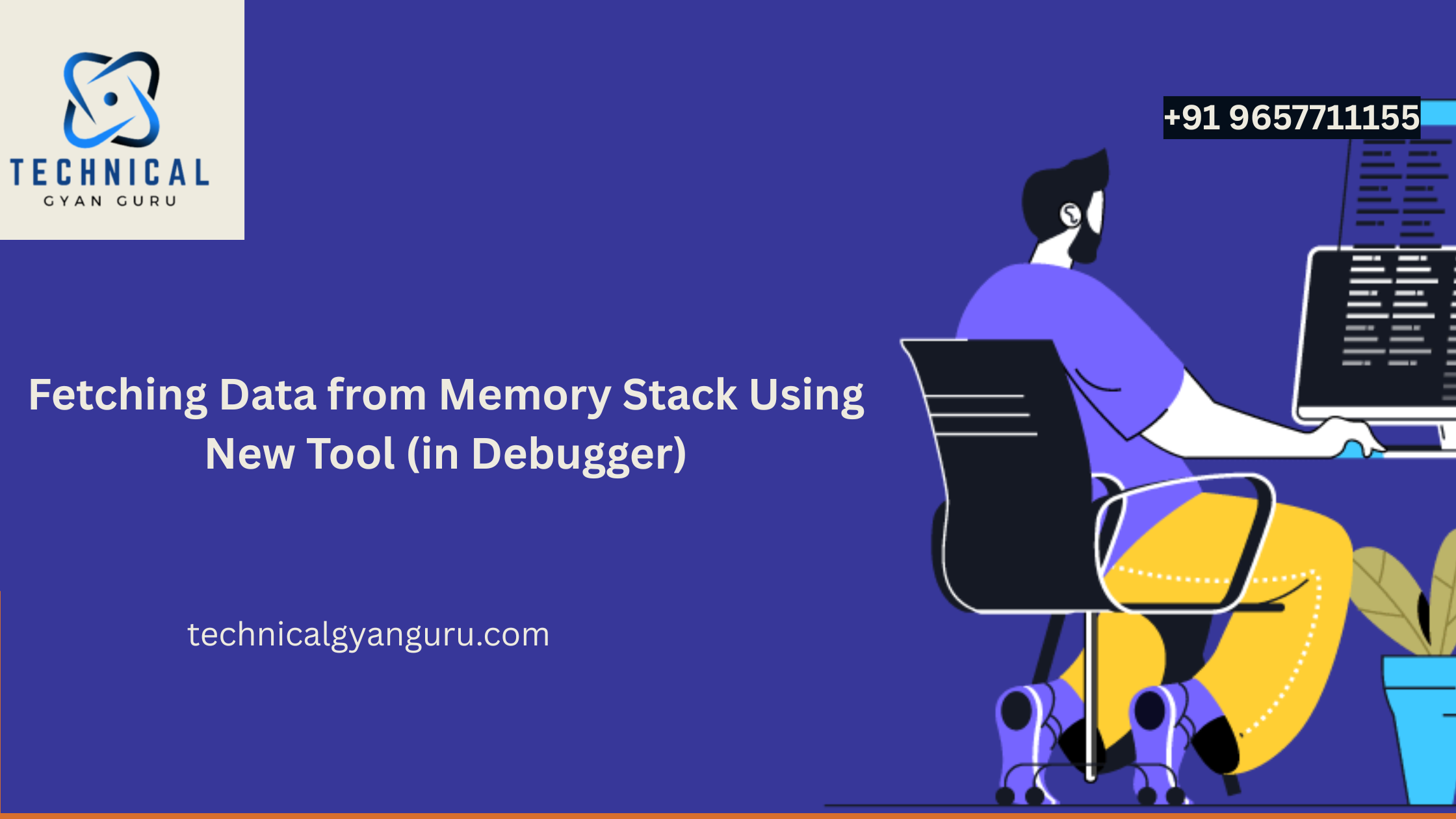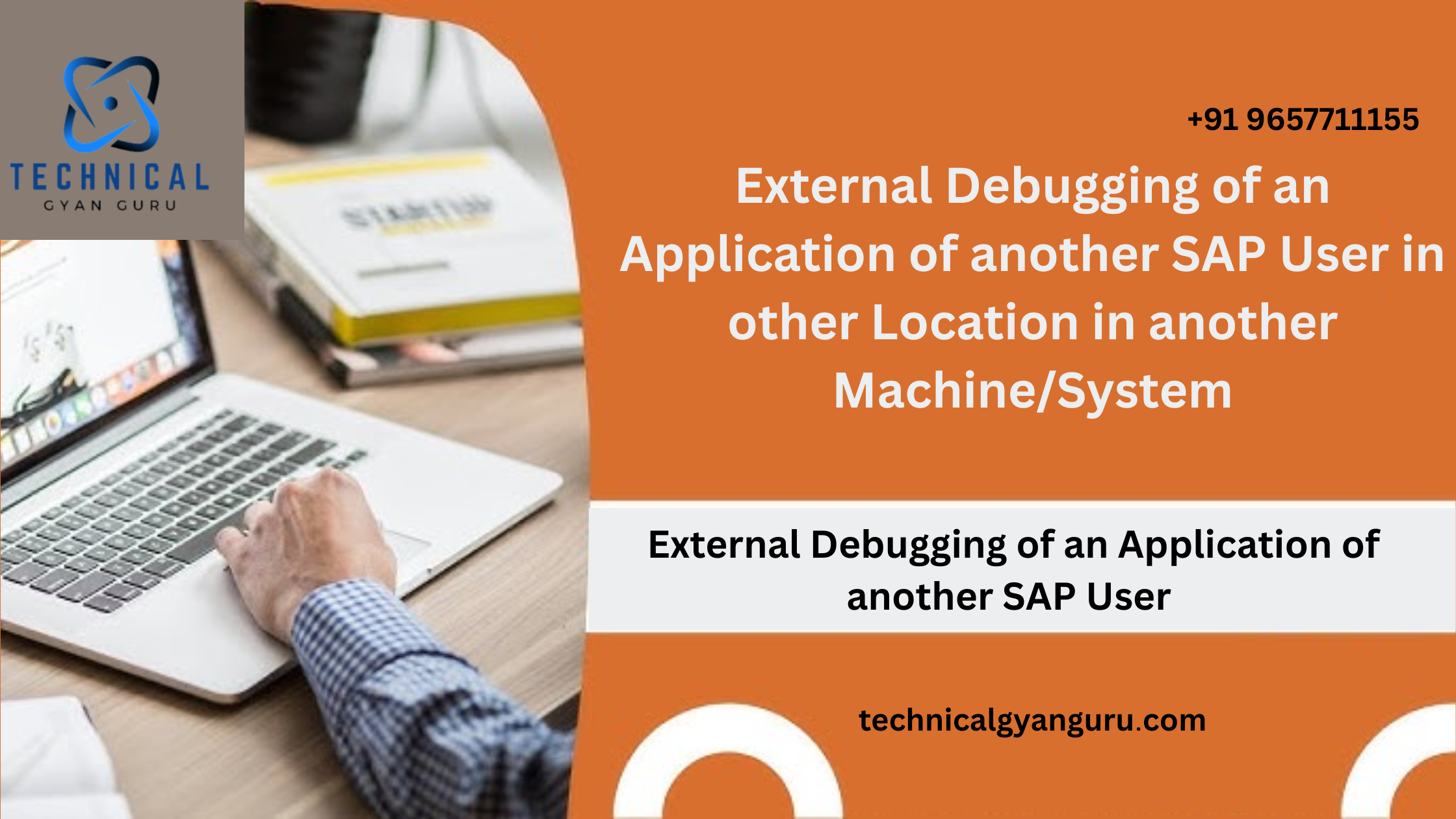
In the realm of enterprise resource planning (ERP) systems, P2P Cycle in SAP MM (Materials Management) stands as a cornerstone for managing procurement processes efficiently.
Among its key functionalities, the Procure-to-Pay (P2P) cycle in SAP MM plays a pivotal role in ensuring seamless integration from procurement to payment. Let’s delve into how a fictional company, GlobalTech Solutions, harnesses SAP MM to optimize their P2P cycle.
Introduction to P2P Cycle in SAP MM
GlobalTech Solutions, a multinational technology firm, recognized the importance of streamlining their procurement operations to enhance efficiency, reduce costs, and improve vendor relationships. SAP MM’s P2P cycle offered them a structured approach to achieve these goals by automating and integrating procurement processes from requisition to vendor payment.
Step-by-Step Journey through SAP MM’s P2P Cycle
1. Requisition
The P2P cycle kicks off with a requisition for materials or services. In GlobalTech Solutions’ case, employees initiate purchase requisitions directly in SAP MM, specifying details such as quantity, required delivery date, and preferred vendor (if known). This step ensures that all procurement needs are captured and routed for approval.
2. Purchase Order (PO) Creation
Once a requisition is approved, SAP MM generates a purchase order automatically based on predefined parameters and approval rules. The PO contains critical information such as item details, pricing, terms of delivery, and payment terms. GlobalTech Solutions benefits from SAP MM’s ability to maintain consistency in PO formats and automate the creation process, reducing manual errors and processing time.
3. Goods Receipt
Upon receipt of materials from the vendor, GlobalTech Solutions records the goods receipt in SAP MM. This step confirms that the ordered materials have been physically received and are ready for inspection or use. Integration with other SAP modules, such as SAP Warehouse Management (WM), ensures accurate inventory management and visibility across the supply chain.
4. Invoice Verification
Once the goods receipt is confirmed, SAP MM initiates the invoice verification process. GlobalTech Solutions matches the vendor’s invoice against the corresponding purchase order and goods receipt in SAP MM. This three-way match ensures accuracy in billing and prevents overpayments or discrepancies. Automated workflows in SAP MM streamline the approval and processing of invoices, optimizing the accounts payable function.
5. Payment Processing
After successful invoice verification, SAP MM facilitates payment processing through integration with SAP Financial Accounting (FI). GlobalTech Solutions leverages SAP MM’s capabilities to generate payment advice, initiate payment runs, and reconcile vendor accounts efficiently. This integration ensures timely payments to vendors, fostering strong supplier relationships and supporting cash flow management.
Benefits and Achievements
By implementing SAP MM’s P2P cycle, GlobalTech Solutions has achieved significant benefits:
- Efficiency Gains: Automation reduces manual effort and processing times across procurement activities.
- Cost Savings: Streamlined processes and accurate invoicing minimize errors and optimize spend management.
- Improved Vendor Relationships: Timely payments and transparent transactions enhance trust and collaboration with vendors.
- Compliance and Control: SAP MM’s robust controls ensure adherence to procurement policies and regulatory requirements.
Conclusion
In conclusion, mastering the Procure-to-Pay cycle in SAP MM empowers organizations like GlobalTech Solutions to achieve operational excellence and strategic objectives. By leveraging SAP MM’s integrated functionalities from requisition to payment, businesses can streamline procurement processes, enhance vendor management, and drive overall efficiency. As SAP MM continues to evolve, it remains a cornerstone for modern enterprises seeking to optimize their supply chain operations and achieve sustainable growth in a competitive global market.
Whether you’re exploring SAP MM for the first time or looking to enhance your existing procurement capabilities, understanding and implementing the P2P cycle in SAP MM can unlock new opportunities for efficiency, cost savings, and business success.
You may be interested in this blog here:-
तुमच्या प्रीस्कूलरच्या कुतूहलाला कसे प्रोत्साहन द्यावे




![Pop Up Debugging [ROBO 2.0]](https://technicalgyanguru.com/wp-content/uploads/2025/05/ABAP-for-SAP-HANA.-ALV-Report-On-SAP-HANA-–-Opportunities-And-Challenges-3.png)



